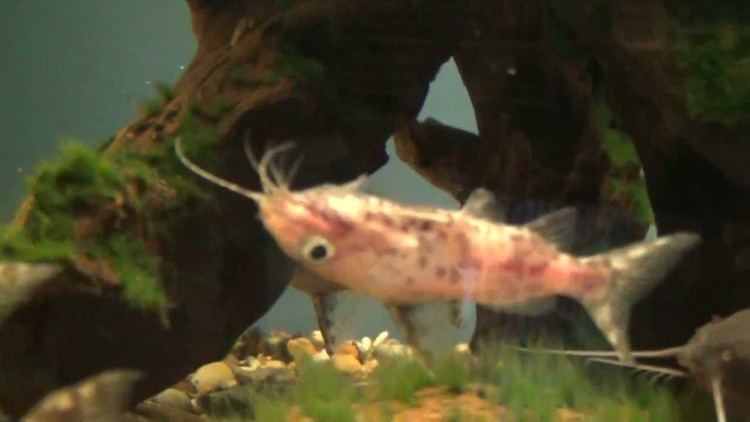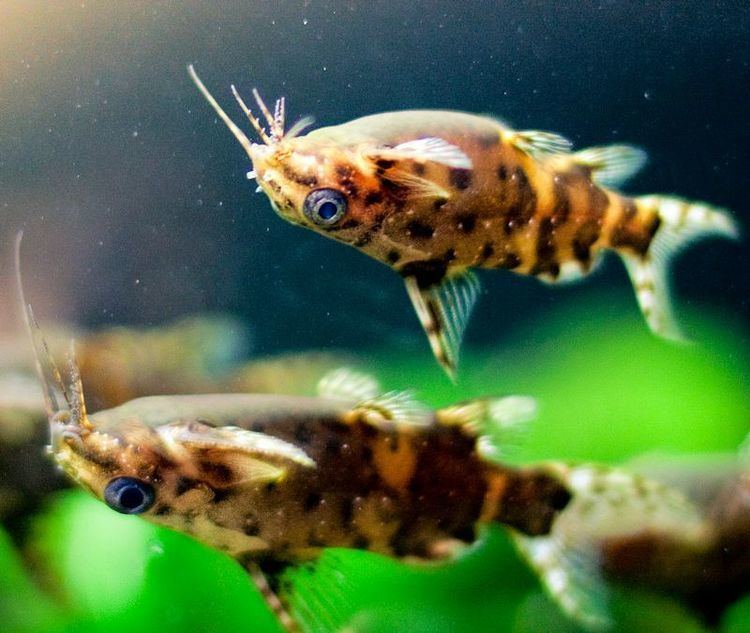 | ||
Representative species | ||
Upside down catfish feasting
The name upside-down catfish is most commonly used by aquarists to refer to the mochokid catfish Synodontis nigriventris alternately known to ichthyologists as the blotched upside-down catfish or false upside-down catfish. However, a number of other fishes may also be known by this name:
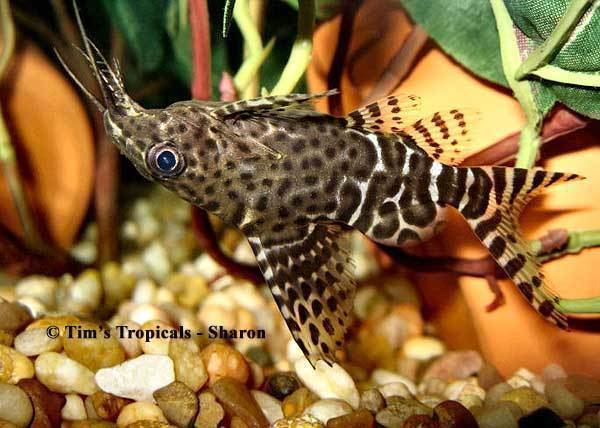
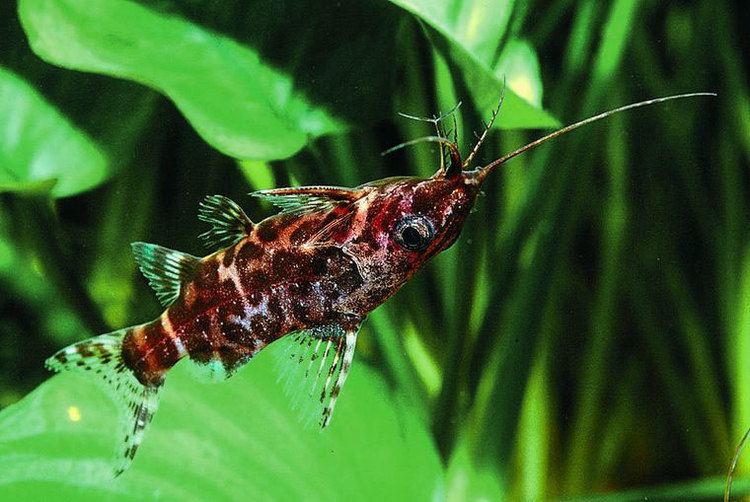
The name 'dwarf upside-down catfish' is also used for small (around 10 cm) species of the catfish genus Synodontis. In the aquarium trade, the name is almost always applied to S. nigriventris or species with which it may be confused, such as S. aterrima, S. contracta, and juvenile S. nigrita (adults of which are around 20 cm so are not "dwarf" species at all).
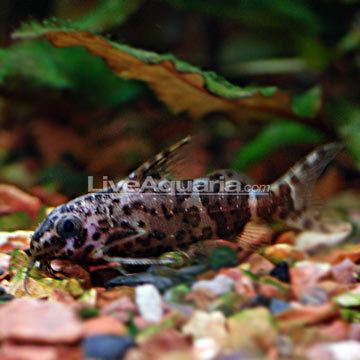
As its common name implies, the upside-down catfish will swim upside-down. One theory accounts for this unusual behavior as a feeding strategy. In the wild, it often grazes on the undersides of submerged branches and logs, and swimming upside-down makes these areas more accessible. A different theory suggests swimming upside-down makes aquatic surface respiration more efficient.
